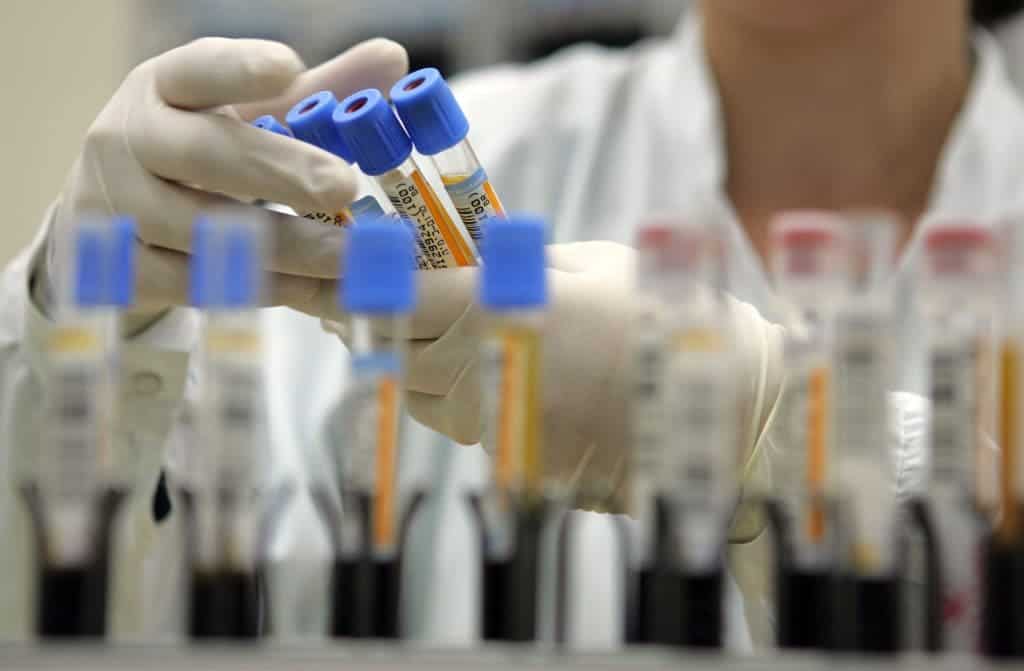
HIV is maybe one of the most resilient and tenacious viral infections known to medical science. Unlike other infections, even if all traces of HIV are gone from the body – the virus itself – it can still resurface and infect the patient later on. That’s because HIV inserts itself permanently into the patient’s genome, slumbering in a latent state until it is ready to instruct cells to produce the virus. Then all hell breaks loose. This is why most HIV treatments fail; they provide a way to treat the effects, but not the cause, so while HIV may temporarily be eradicated from the body, it will eventually return to infect. A new revolutionary research may finally provide a means to cure HIV for good, after scientists found a way to snip out the integrated HIV-1 genes.
Hunting HIV DNA
A while back, ZME Science documented the case of HIV infected baby in Mississippi who was cured using a novel treatment developed by Dr. Deborah Persaud. The baby was diagnosed with HIV at birth and was then immediately put on antiretroviral therapy for 18 months. The therapy initially proved to be a success after no trace of the virus was found in the child’s body, leading researchers to believe if they orally administered antiretroviral drugs immediately after birth they could destroy HIV before it had a chance to insert itself into the genome. Two years later, this proved to a false hypothesis – doctors found traces of HIV in her blood.
What started off as an extremely promising therapy, proved to be ineffective because it didn’t tackle the underlying roots of HIV. Much of the virus’ life is spent dormant, inside our DNA, and it can take many years before the virus becomes active and effectively enters the blood stream. There is no viral shell, or membrane, or spiky protein receptors, just the viral code that instructs cells to breed the viral infection. It’s estimated that, even when no HIV particles are detectable in the body, around ten million cells carry genetic copies of the virus.
Kamel Khalili, PhD, Professor and Chair of the Department of Neuroscience at Temple University, and colleagues have set to change the way HIV treatment is being carried out by fundamentally eradicating all traces of HIV from the genome. The team devised a set of molecular tools – a protein called CRISPR-Cas9 – that sniff and snip the viral genome of HIV-1 DNA. From there, the cell’s gene repair machinery takes over, soldering the loose ends of the genome back together – resulting in virus-free cells.
“Since HIV-1 is never cleared by the immune system, removal of the virus is required in order to cure the disease,” said Dr. Khalili, whose research focuses on the neuropathogenesis of viral infections.
The team employed a combination of a DNA-snipping enzyme called a nuclease and a targeting strand of RNA called a guide RNA (gRNA). The gRNA attaches to a very specific section of DNA, which is found only in HIV, otherwise there’s always the risk of missing the mark and altering healthy DNA. The gRNA targets the control region of the gene called the long terminal repeat (LTR). LTRs are present on both ends of the HIV-1 genome. By targeting both LTRs, the Cas9 nuclease can snip out the 9,709-nucleotides that comprise the HIV-1 genome.
The editing process was successful in several cell types that can harbor HIV-1, including microglia and macrophages, as well as in T-lymphocytes.
“T-cells and monocytic cells are the main cell types infected by HIV-1, so they are the most important targets for this technology,” Dr. Khalili said.
Curing HIV in the lab is a whole lot different than curing it in the human body. The greatest challenge is to get the molecular tools to act on every cell in the body.
“We are working on a number of strategies so we can take the construct into preclinical studies,” Dr. Khalili said. “We want to eradicate every single copy of HIV-1 from the patient. That will cure AIDS. I think this technology is the way we can do it.”
The findings were reported in the journal Proceedings of the National Academy of Sciences.


